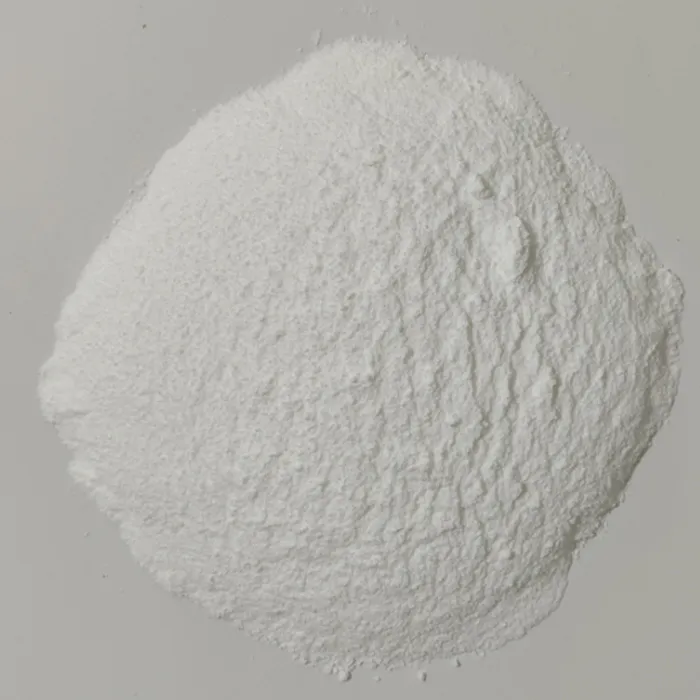Isoflurane An Essential Anesthetic in Modern Medicine
Isoflurane, a halogenated ether, has become one of the most widely used inhalational anesthetics in the field of anesthesiology. Since its introduction in the 1980s, isoflurane has transformed surgical care, allowing for the safe and effective management of anesthesia in both human and veterinary medicine. Its unique properties and favorable pharmacokinetics contribute to its popularity as a key anesthetic agent.
One of the remarkable features of isoflurane is its relatively low blood-gas partition coefficient, which allows it to achieve rapid induction and recovery times. This characteristic is particularly beneficial during outpatient surgeries, where patients can be discharged more quickly after anesthesia. Compared to older anesthetics, isoflurane provides greater control over the depth of anesthesia, which is crucial for maintaining hemodynamic stability. This ability to finely tune anesthesia is critical in procedures that may pose risks to the patient's cardiovascular status.
Isoflurane’s mechanism of action involves enhancing the inhibitory neurotransmission mediated by gamma-aminobutyric acid (GABA) and other neurotransmitters while inhibiting glutamate receptor activity. This dual action leads to a general depressant effect on the central nervous system, facilitating sedation, muscle relaxation, and analgesia. The drug is typically administered through a vaporizer, allowing anesthesiologists to maintain precise control over the concentration of isoflurane delivered to the patient.
Safety is a paramount concern in anesthesia, and isoflurane has generally been well tolerated. It has a minimal impact on cardiovascular and respiratory systems when used appropriately. However, like any anesthetic agent, isoflurane is not free of risks. Potential side effects may include respiratory depression, hypotension, and, in rare cases, malignant hyperthermia—a life-threatening condition. Therefore, it is essential for medical professionals to closely monitor patients during and after the administration of isoflurane.
isoflurane

One of the environmental concerns associated with inhalational anesthetics, including isoflurane, is their contribution to greenhouse gas emissions. Isoflurane has a relatively high global warming potential compared to some newer agents. In recent years, there has been a movement within the medical community to explore alternatives with lower environmental impact. Some institutions are adopting anesthesia practices that minimize waste and reduce the release of anesthetic agents into the atmosphere.
Moreover, the use of isoflurane in veterinary medicine underscores its versatility. It is commonly used for anesthesia in companion animals and in various species for surgical procedures. The pharmacological properties that make isoflurane effective in humans also apply to animals, allowing for effective management of anesthesia during surgeries. Veterinarians appreciate isoflurane for its rapid recovery profile, which is particularly desirable in pets.
Research continues to explore the potential benefits and modifications of isoflurane and other anesthetic agents. Studies focus on optimizing delivery systems, exploring combination therapies to enhance analgesia, and improving patient outcomes. As the field of anesthesiology evolves, new findings may lead to improved protocols for anesthesia care, ensuring that patients receive the safest and most effective anesthetic management possible.
In conclusion, isoflurane is an essential tool in the modern anesthesiologist's arsenal, providing a reliable and effective means of anesthesia for a wide range of surgical procedures. Its rapid onset, controllability, and relative safety make it a favored choice in both human and veterinary medicine. As we move forward, it is crucial to remain cognizant of both the clinical benefits and environmental impacts of isoflurane, striving for practices that promote sustainability without compromising patient safety. With ongoing research and innovation, the future of anesthetic agents like isoflurane looks promising, ensuring continued advancements in the field of healthcare.

